14 Surprising Facts About Marigolds You May Not Know
Marigolds are more than just bright, cheerful flowers that brighten up any garden. These vibrant blooms have a rich history and numerous benefits that many people may not be aware of. From their cultural significance in different parts of the world to their surprising uses in medicine and cooking, marigolds are truly fascinating. They’re not only beautiful but also practical, offering natural pest control and even healing properties. Whether you’re growing them in your garden or using them in various ways, marigolds have so much more to offer than meets the eye. In this article, we will explore some mind-blowing facts about marigolds that you probably didn’t know.
This post may contain affiliate links, which helps keep this content free. Please read our disclosure for more info.
Marigolds Have a Rich Cultural History

Marigolds have been a symbol of celebration and remembrance across many cultures. They are especially prominent in Mexican traditions, where they are used during Día de los Muertos (Day of the Dead). This vibrant flower is thought to guide the souls of the departed back to the world of the living, with its bright color representing the sun and the warmth of the spirits.
In India, marigolds are also an important part of religious ceremonies. They are often used in wedding decorations, temples, and festivals such as Diwali. The flowers symbolize prosperity and are considered to be auspicious in many Hindu rituals.
They Have Medicinal Properties
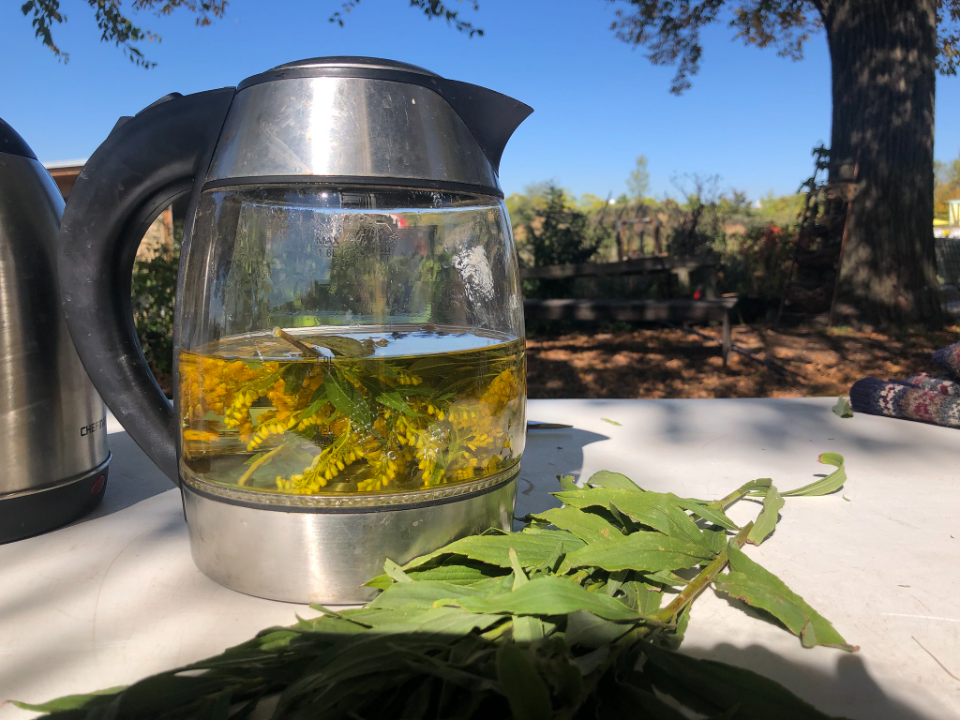
Marigolds have long been used in traditional medicine. The flower’s petals contain compounds that have anti-inflammatory, antifungal, and antibacterial properties. In particular, marigold ointments have been used to treat skin conditions such as rashes, cuts, and minor burns. The flowers are believed to promote healing by reducing inflammation and soothing irritated skin.
Beyond topical use, marigold extracts are also used in herbal teas. These teas are thought to have calming effects, improving digestion and boosting overall wellness. Many believe marigold can support the immune system and help with conditions like stomach ulcers and eye infections.
Marigolds Are Natural Pest Repellents

Marigolds are often planted in gardens as natural pest control. They produce a strong scent that deters common pests such as aphids, nematodes, and whiteflies. This makes them a great companion plant for vegetables, as they help protect crops from insect damage without the need for harsh chemicals.
The scent of marigolds is so effective that they are often included in organic farming practices as a natural pesticide. Their presence in a garden can lead to a healthier ecosystem by attracting beneficial insects like ladybugs, which feed on aphids, further reducing pest populations.
They Come in Different Colors
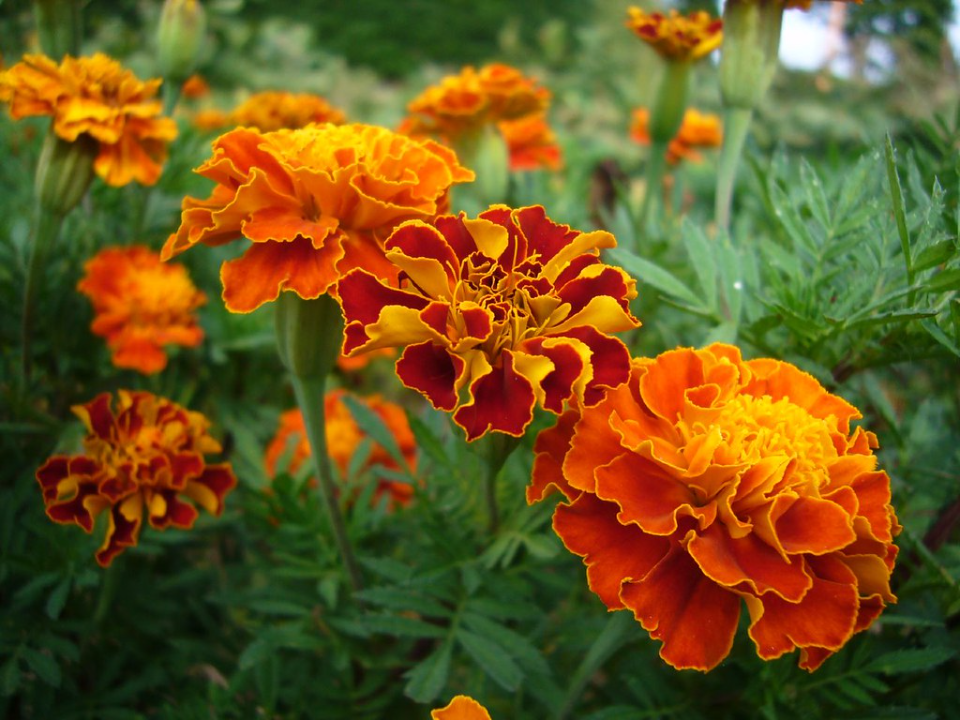
Marigolds are available in a wide range of colors, making them a versatile addition to any garden. The most common color is yellow, but they also come in shades of orange, red, and even white. The diversity of colors allows gardeners to mix and match them with other flowers to create vibrant, eye-catching displays.
The color of marigold flowers can also vary based on the variety. Some marigolds have bi-colored petals, combining yellow and red, while others feature deep, rich hues. This variety makes marigolds one of the most popular flowers for gardens and floral arrangements.
They Are Easy to Grow
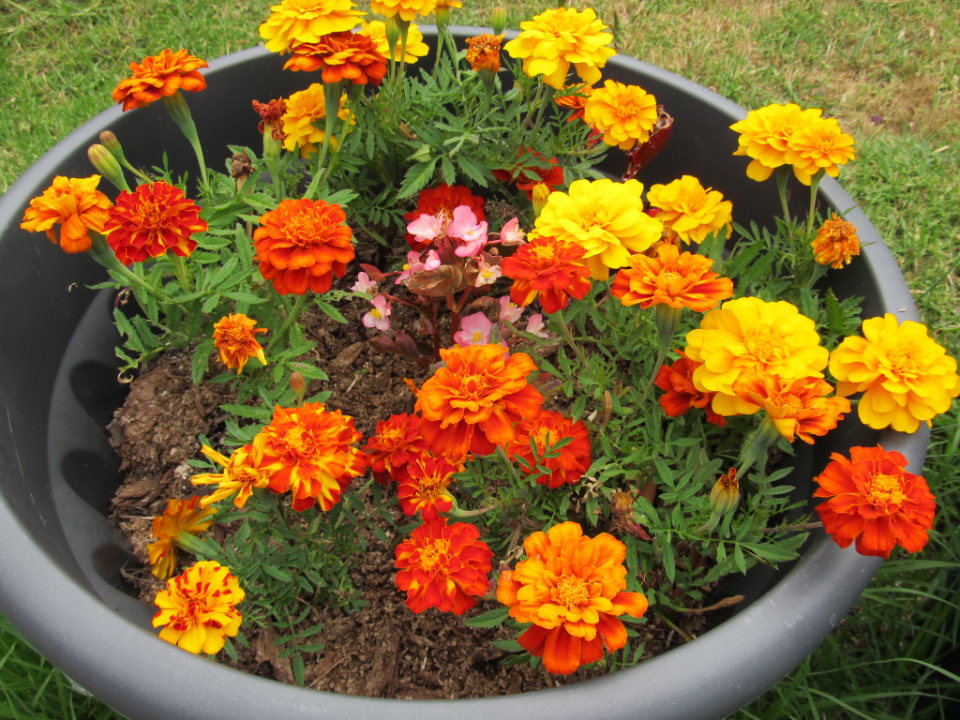
One of the reasons marigolds are so popular is their ease of cultivation. They are highly adaptable and can thrive in a variety of climates, from hot and dry regions to more temperate zones. Marigolds grow best in full sun and well-drained soil but are hardy enough to withstand periods of drought.
Marigolds are also known for their fast growth. They can be started from seeds and typically bloom within a few months. This rapid growth makes them ideal for gardeners looking for quick results and adds to their appeal as a low-maintenance plant.
Marigolds Can Be Used in Cooking
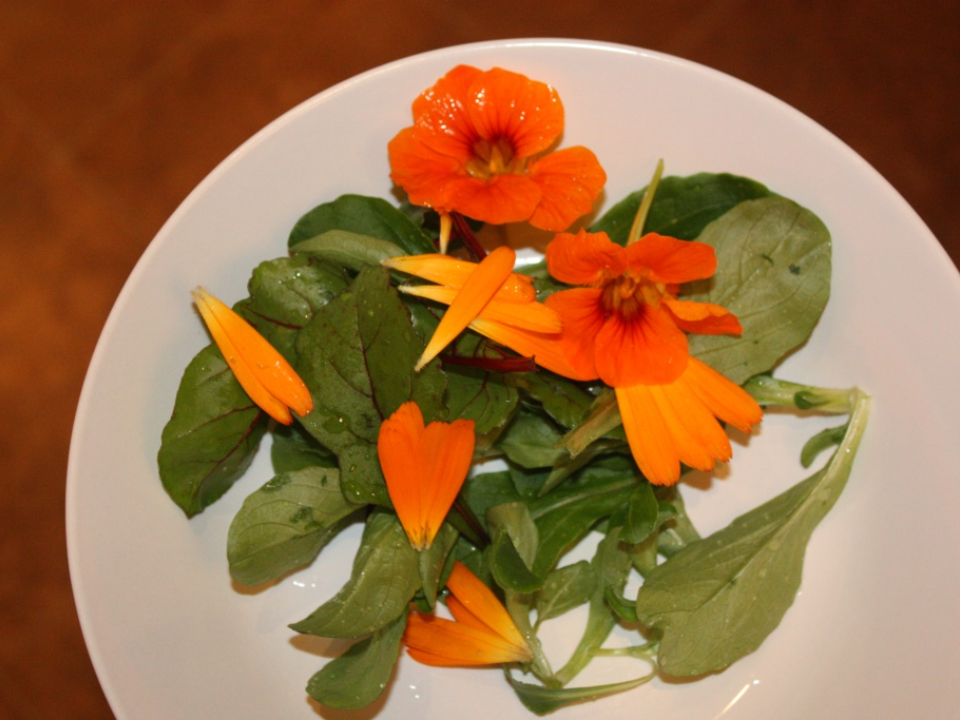
Marigold petals are not just decorative; they are edible too. The petals have a mild, slightly peppery flavor, making them a popular addition to salads, soups, and other dishes. In some cultures, marigold petals are used to add color and flavor to rice dishes, soups, or even as a garnish for desserts.
In addition to their culinary uses, marigold petals are also used in the production of natural food colorings. The vibrant orange and yellow pigments of the flowers can be extracted and used to color foods like butter, cheese, and even cosmetics, providing a natural alternative to synthetic dyes.
Marigolds Are Used in Natural Dyes
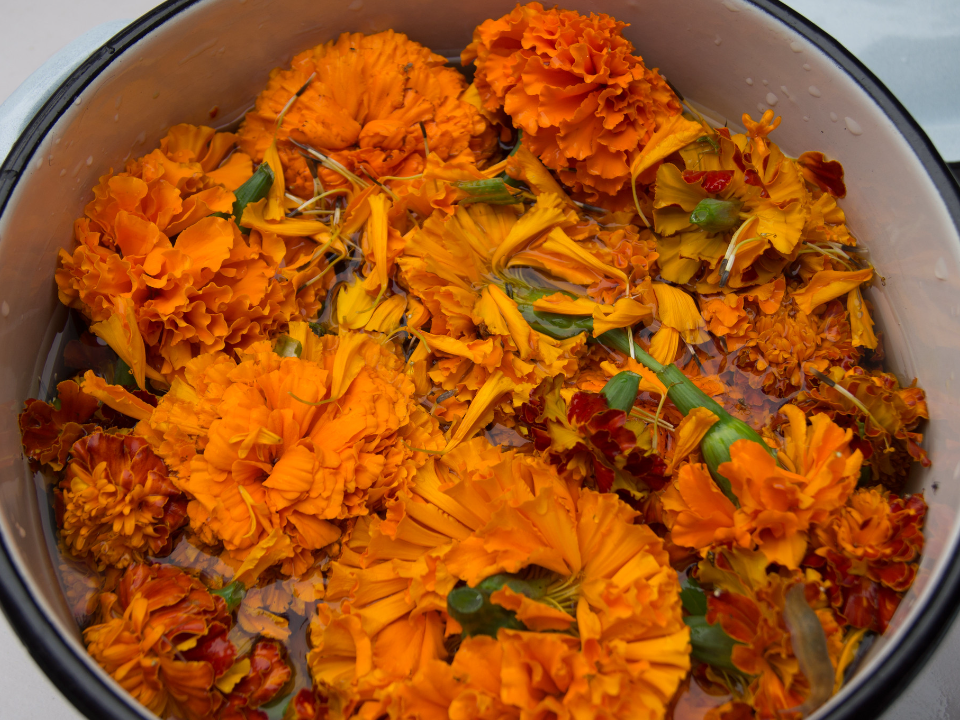
Marigold flowers have been used to make natural dyes for centuries. The petals contain carotenoids, which can be used to create vibrant yellow and orange dyes. These natural dyes are often used in the textile industry for coloring fabrics, offering an eco-friendly alternative to synthetic dyes.
Marigold-based dyes are also used in traditional crafts. For example, marigold petals have been used to color yarn for knitting and crocheting, as well as to dye paper for arts and crafts projects. The dyeing process is simple and requires only the petals and water, making it accessible for people interested in natural crafts.
They Are Beneficial for Bees
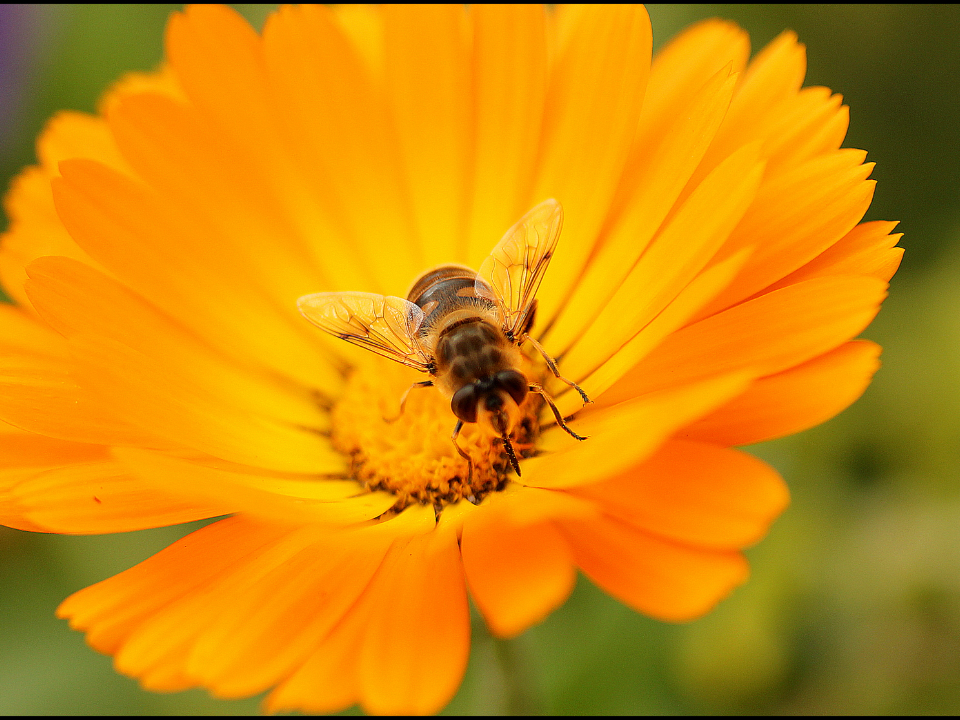
Marigolds are highly attractive to bees and other pollinators. The bright, showy flowers provide a rich source of nectar, which helps support local bee populations. By planting marigolds in gardens, people can help provide food sources for bees, which are vital to pollination and the health of ecosystems.
Research has shown that bees are particularly drawn to marigolds because of their bright colors and abundant nectar. These flowers are often among the first to bloom in the spring, providing an early food source for bees after the winter months.
They Are Used in Religious Offerings

In many cultures, marigolds are used in religious offerings and rituals. In Hinduism, marigold flowers are commonly offered to gods and used to decorate altars during prayer ceremonies. Their vibrant color is thought to symbolize purity and divinity, making them a common choice for spiritual practices.
In other cultures, marigolds are used in celebrations and festivals. For example, they are placed on altars during the Mexican Day of the Dead festival to honor ancestors. The flower’s color is thought to help guide the spirits of the departed.
They Can Live for Several Months
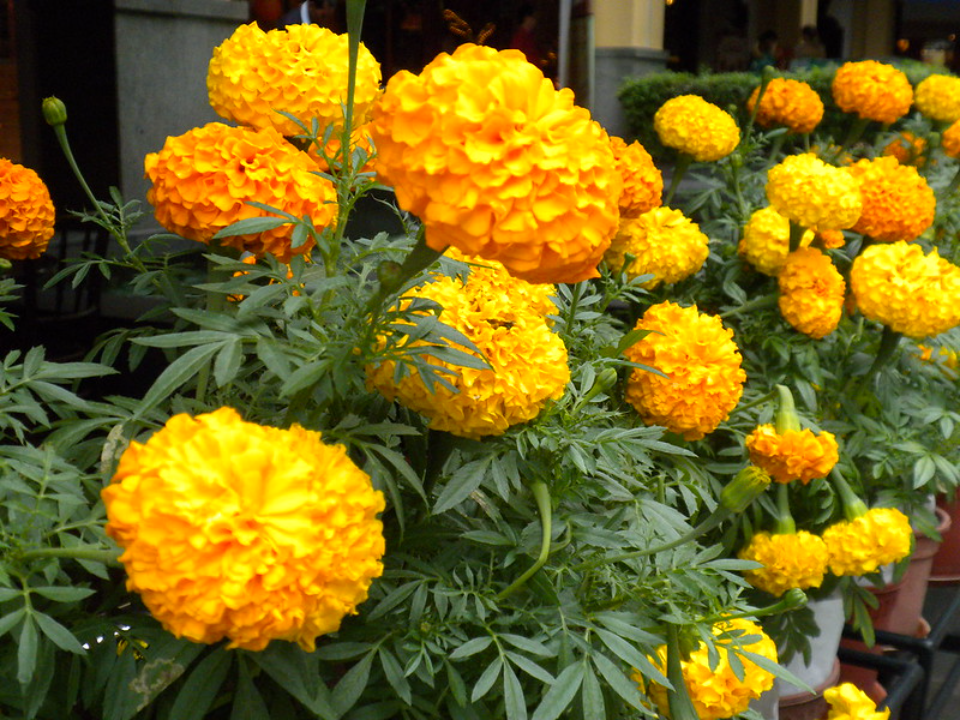
Marigolds are known for their long blooming period. While many flowers have a short blooming season, marigolds can bloom for several months. Depending on the climate and care, they can start blooming in late spring and continue well into the fall, providing continuous color and beauty throughout the growing season.
This extended blooming period makes marigolds a great choice for gardeners looking for low-maintenance, long-lasting flowers. Their hardiness means that they are able to endure varying weather conditions, from the heat of summer to cooler fall temperatures, making them a resilient addition to any garden.
Marigolds Have Symbolic Meanings

Marigolds are often associated with different symbolic meanings, depending on the culture. In Western cultures, marigolds are often linked with the idea of “memories” and “grief,” especially because they are used to honor the deceased. Their bright colors are seen as a representation of remembrance and love for those who have passed away.
In other cultures, marigolds symbolize wealth and good fortune. In India, for example, marigolds are frequently used in wedding decorations, symbolizing a bright future for the couple. The flowers are also believed to attract positive energy and bring prosperity into peoples’ lives.
They Help Improve Soil Health
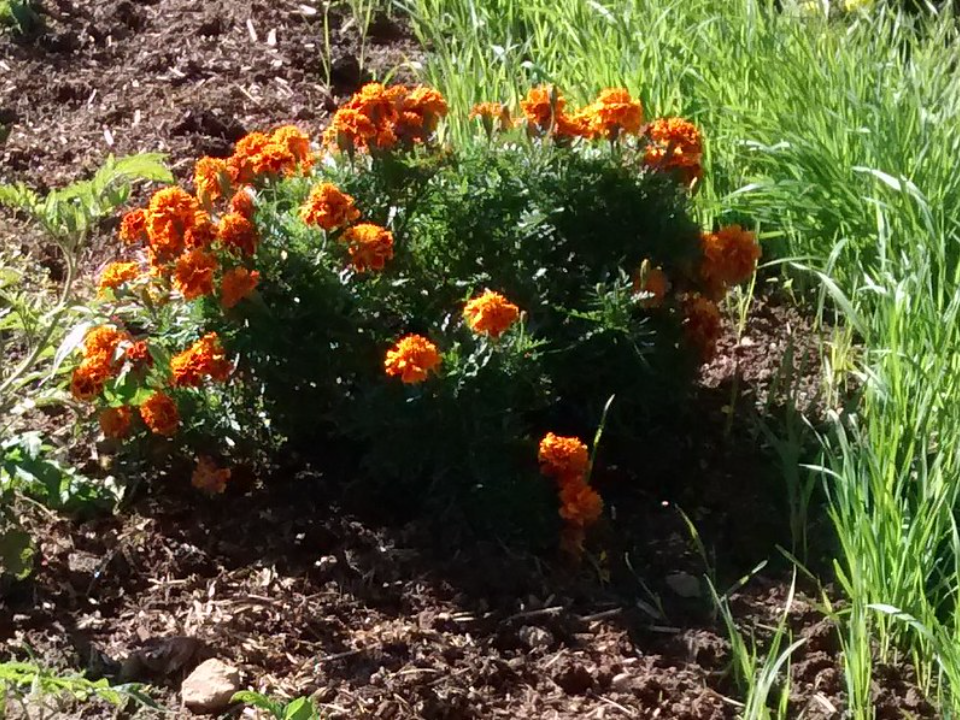
Marigolds can contribute to better soil health, particularly when planted alongside vegetables or other plants. They are known to help repel harmful nematodes, tiny pests that can damage plant roots. By planting marigolds near other crops, gardeners can improve soil quality and protect plants from these harmful pests.
Marigolds are also known to add organic matter to the soil as their petals decompose. This decomposition enriches the soil, helping to promote healthy plant growth. Their roots may also help improve soil structure, making it easier for other plants to grow.
Marigolds Can Be Used in Skincare Products

Marigold extracts, especially from the petals, are commonly found in skincare products. These extracts are known for their soothing properties and are used in lotions, balms, and ointments to treat dry skin, eczema, and minor skin irritations. They are also believed to have anti-aging benefits, helping to reduce the appearance of wrinkles and fine lines.
Many skincare products use marigold for its antioxidant properties. The flower contains compounds that can help protect the skin from oxidative stress caused by environmental factors like pollution and UV rays. This makes marigold a popular ingredient in natural beauty products focused on skin health.
Marigolds Are Part of the Calendula Family
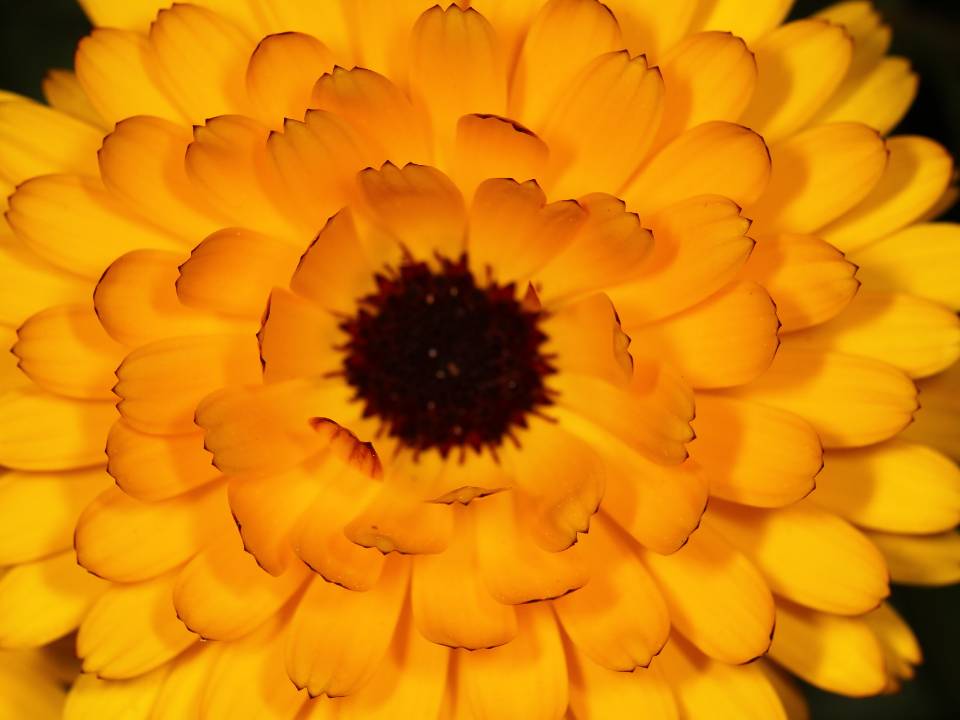
Marigolds belong to the Calendula family, which is known for its bright and colorful blooms. While many people think of marigolds as a unique species, they are closely related to calendulas, a group of flowers with similar characteristics. Calendulas are also used for their medicinal properties and are often confused with marigolds due to their appearance.
Despite the similarity, marigolds and calendulas are distinct species with slight differences in their flowers. Marigolds tend to have more robust, deeper colors, while calendulas are usually lighter and softer in tone. Both types of flowers have similar uses in herbal remedies and as ornamental plants.
This article originally appeared on Avocadu.
